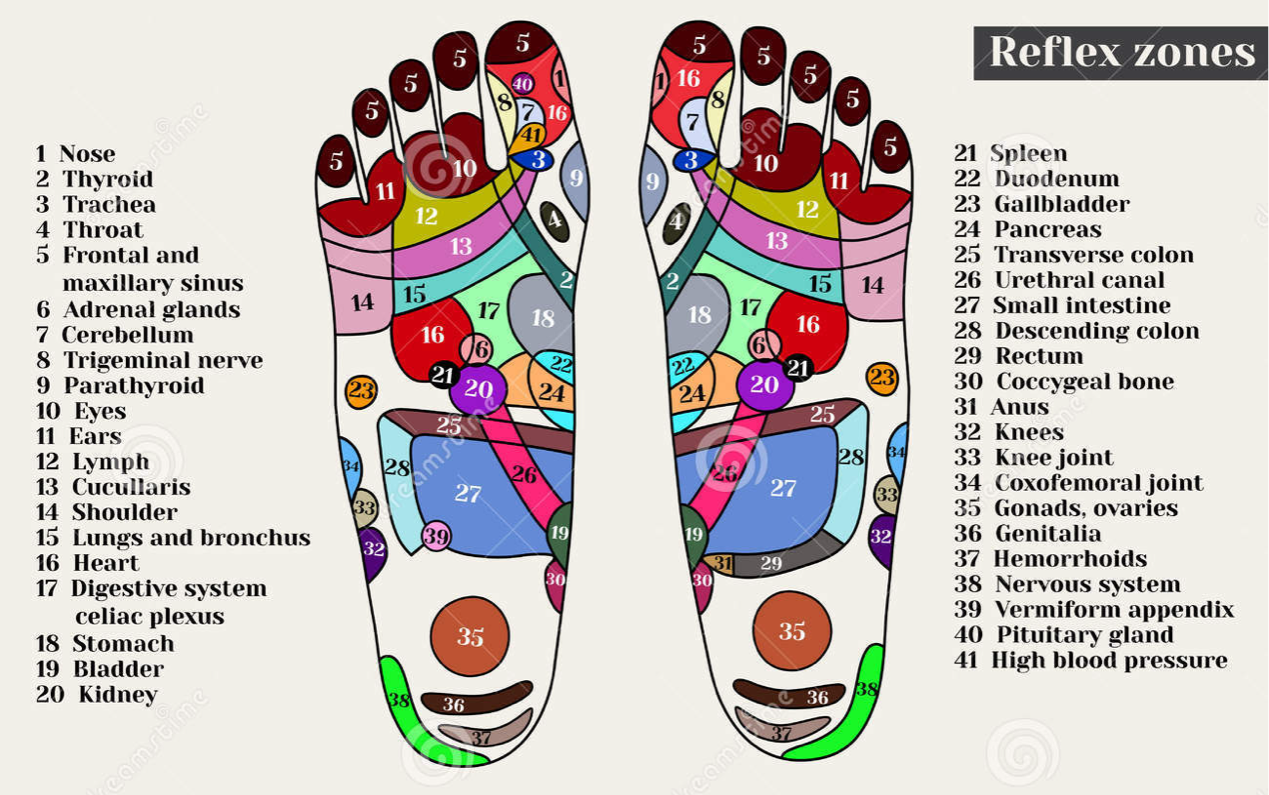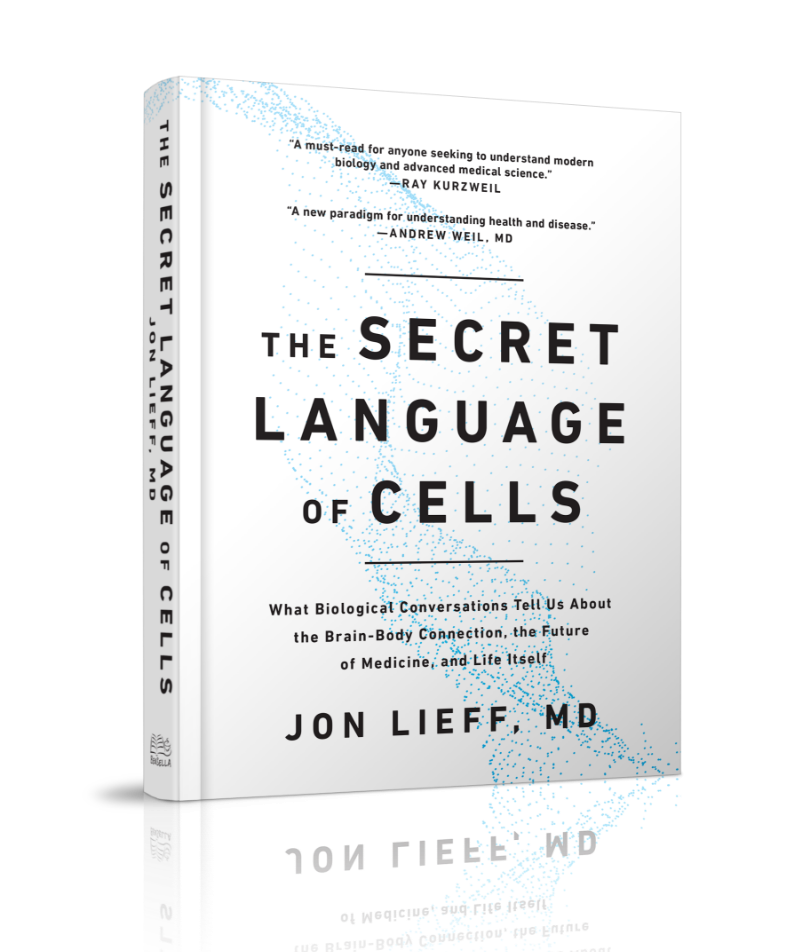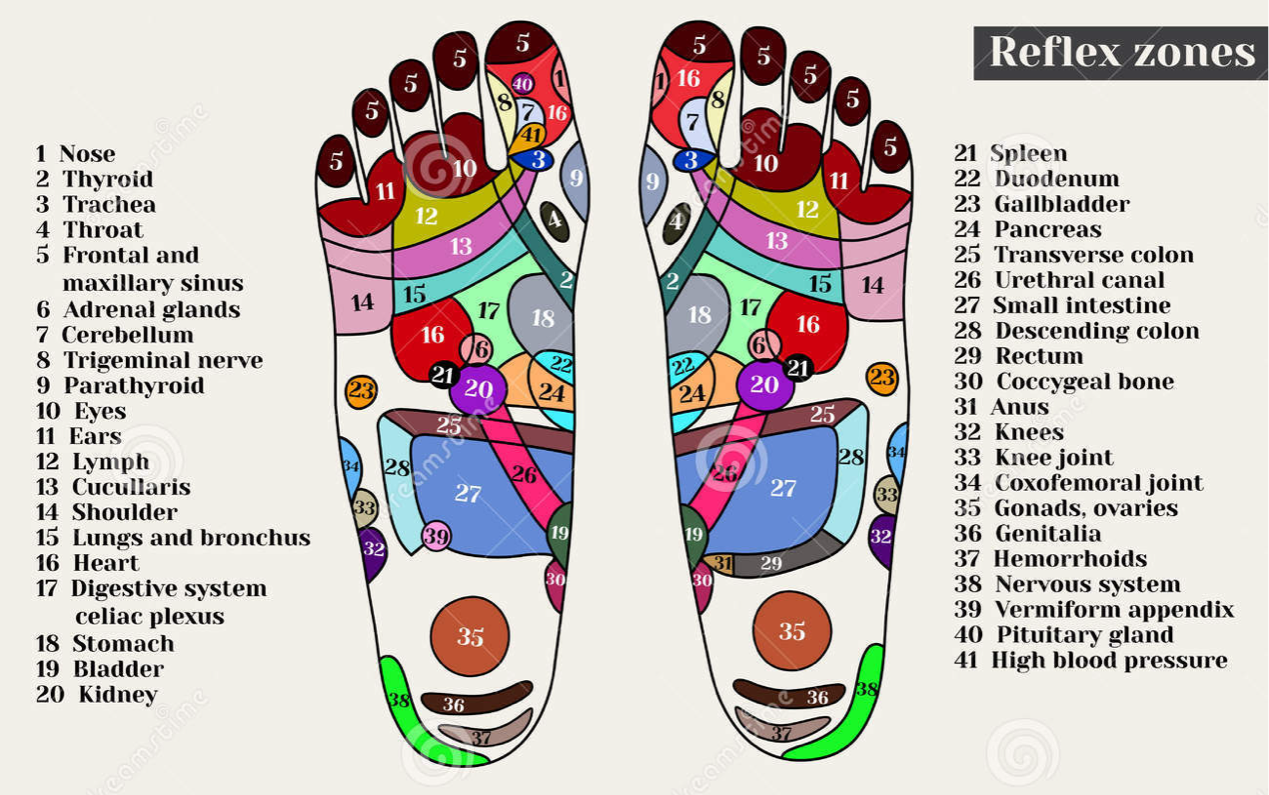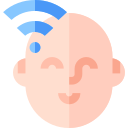The emerging science of cell communication
A comprehensive exploration of the groundbreaking new research findings in the field of cellular communication.

Jon Lieff’s book, The Secret Language of Cells, is a comprehensive exploration of the groundbreaking new research findings in the field of cellular communication.
He explains the surprising science of how very different cells—bacteria and brain cells, blood cells and viruses—all speak the same language. [. . .] it has applications for immunity, chronic pain, weight loss, depression, cancer treatment, and virtually every aspect of health and biology.
Not only is this is first effort at making these findings accessible to a general audience, but it also represents a paradigm shift in how we understand health and disease.

The book has personal significance to me because I grew up in a family that had a strong distrust for Western medicine, relying instead on alternative treatments like acupuncture and energy-based therapy. Until recently, scientific explanations for these treatments didn’t exist in the mainstream academic literature.
Let’s take acupuncture — it’s most often used to relieve pain by inserting thin needles into “acupuncture points” that are distant from the area in question. For example, the feet are a particularly rich body part when it comes to these points.

Until recently, pain was thought to be caused by well-known brain circuits. It turns out that circuits that influence pain also involve immune cells and are decentralized, in that they converse with one another from many locations throughout the body.
Recent research showed that electrical stimulation of immune cells (T cells) altered a neural pain circuit in a distant organ, by sending molecular signals to a nearby neuron that served as the intermediate messenger. To tie this back to acupuncture, it starts to make sense how using thin needles to stimulate pockets of immune cells can work to decrease pain and inflammation in other parts of the body.
Understanding these complex circuits will enable new types of medical treatments and justify the efficacy of alternative treatments that have existed for thousands of years.
Ultimately, Lieff’s synthesis of the research opens more questions than it answers.
One issue facing scientists is the fact that we don’t know if all the types of signals have been discovered yet. As well as chemical and electrical signals, there could be other types, such as electromagnetic fields, photons, and quantum states, which might be directing information flow.
I’m excited about the prospect of more attention being given to these understudied signaling mechanisms. Earlier this year, I highlighted an emerging field that provides a novel framework for studying energy-based therapies. It turns out that all living systems generate a dynamic electro-magnetic field, called a biofield.

If you’re curious, I give a high-level overview in my article — Biological WiFi.
Friday Brainstorm Newsletter
For more, join 300+ curious people subscribed to the Friday Brainstorm newsletter. It’s one email a month with the most interesting ideas I've found related to science and health.